It is unclear why the coconut tree in its native tropical regions is known as the lazy tree. The wonder comes from the fact that its fruit - the coconut, finds an incredibly wide application in the lives of the locals - starting from its food use and ending with its use as a material for work by artists.
Coconut is not only a fruit containing a refreshing drink, but also a raw material for the production of coconut flour - sweet in taste, with a pleasant coconut aroma and an incredible number of benefits, which makes a perfect alternative to our well-known flours from all kinds of raw materials.
In order to highlight the merits of coconut flour, information is needed on its essence, composition and beneficial properties, as well as on its appearance on the market.
History and essence of coconut flour
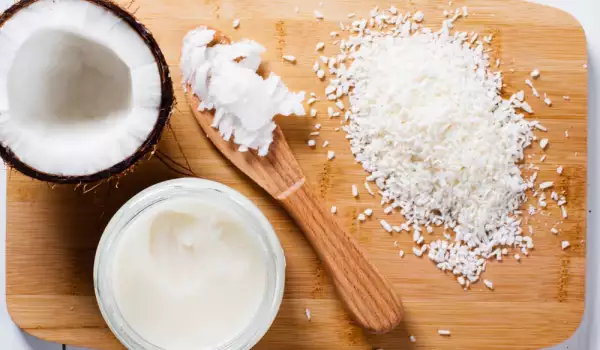
Coconuts are mainly used to obtain coconut meat, milk, water, and coconut flour. The largest share in production of coconut flour falls in the Philippines. There, flour is a by-product of coconut milk production. Natural, non-toxic plants such as the coconut are sought after for the production of drugs for the prevention and treatment of various diseases.
Coconut flour is recommended as an addition to any healthy diet, because of the antibacterial, antifungal and all sorts of other properties it has. For paleo diets, as an allergen-free flour source or simply to boost the immune and digestive systems, coconut flour is the best choice.
What exactly is coconut flour
It was originally a nutritious by-product of coconut milk. Farmers who bought it were aware that it was a source of organic fertilizer and a good addition to animal feed. Gradually, research is proving that coconut flour is an excellent food with numerous health benefits and it is gradually taking its place as a human superfood, especially in light of the fact that it is a good idea on gluten-free diets.
It is high in fiber, protein and healthy fats and low in sugar, carbohydrates and calories.
The product called coconut flour is obtained by grating the meat of fresh coconuts. After that, the raw material is dehydrated and defatted - the oil is extracted from it. The result is a fine powder, which resembles wheat flour. In its purest form, it even loses its coconut flavor and can be mistaken for another type of flour.
Chemical composition and nutritional value of coconut flour

30 g of coconut flour, which is a quarter of a cup, contains:
- 120 kcal;
- 4 g of fat;
- 10 g of proteins;
- 10 g of fiber;
- 16 g of carbohydrates;
- 2 g of sugar.
A typical daily serving is 2 tbsp., which is about 15 g. It has 8 g of carbs, 5 g of fiber and 60kcal, making it perfect for anyone watching their calories, carbs and trying to increase fiber in their diet.
Health and nutritional benefits of coconut flour
Coconut flour has different health benefits than other coconut products, such as coconut oil and is a good alternative to other flours.
This product is a functional food and has significant health benefits as a valuable source of nutrients. It contains dietary fiber, is high in protein, gluten-free and has a low glycemic index. It is very suitable for people with inflammatory diseases and those who need to avoid gluten. It is a safe food for sufferers of celiac disease, leaky gut syndrome, diabetes and gluten intolerance.
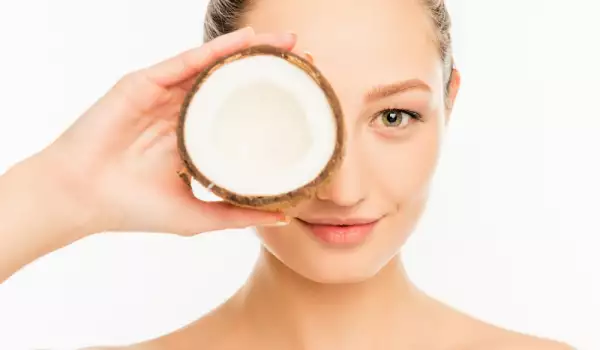
The product has a good effect on our health in many ways.
1. Supports metabolism - due to the content of healthy saturated fats, which are a source of energy for the body, flour is a healthy way to support metabolism and balance blood sugar levels;
2. Contains a lot of useful fiber - the flesh of the fruit itself contains 61 percent fiber. Fiber cannot be absorbed by the body and therefore some calories and carbohydrates cannot be used by the body, but go straight to the digestive tract to cleanse the body of toxins and waste;
3. Keeps blood sugar levels stable - due to its low glycemic index, this flour does not raise blood sugar levels. Eating foods with this flour helps regulate blood sugar levels;
4. Improves the health of the heart as well as the digestive tract - coconut flour lowers bad cholesterol levels and thus supports heart health. Fiber and fat have a beneficial effect on the stomach and the entire digestive system;
5. Rich in trace elements - because coconut palms are grown on rich volcanic soils in the tropics that are naturally fertilized with seawater containing all the trace elements, the product contains a complete combination of all microelements needed by the human body, so this product is able to supply the body with everything it needs. It also does not contain phytic acid.;
6. Hypoallergenic properties - the specific allergies that many people suffer from are a real scourge for the human population today. Coconut flour offers an alternative, thanks to which there is no need to give up your favorite desserts and treats. They can be made with coconut flour.
What is coconut flour used for
This raw material can completely replace wheat flour in recipes with it. Where is it best and adequate to use coconut flour?
- As a thickener for soups, stews and shakes, as it has excellent absorbency. For every one cup of traditional flour, only a quarter cup of coconut is needed;
- Recipes often include an additional source of protein, such as eggs in pastries for example, then to compensate for the binding properties that gluten would normally allow, for example flaxseed can be added, which has such properties and separately contributes to health.
Coconut flour recipe at home

You can make coconut flour at home. This way the coconut will be fully used without throwing anything away.
The coconut meat along with the water from the nut is placed in a blender, until a smooth mixture is obtained.
The mixture is filtered through cheesecloth and squeezed well. The liquid that remains is coconut milk, which can be drunk.
The dry part of the coconut is spread in a tray onto baking paper and dried for 4-6 hours in an oven at 50°C, until a powder consistency is obtained, which is flour.
Store it in a closed container in a dark place.
Culinary recipes with coconut flour

You can make coconut cheesecake with or without fruit, sugar-free coconut muffins and gluten-free, all kinds of coconut biscuits, pancakes, bars, coconut cakes, coconut pastries, dietary bread, sponge cakes and cookies, pies and all sorts of desserts with fruit or sugar. It can be used to thicken soup or to add a nice consistency to stews.
Contraindications for using coconut flour
This product is recommended for any dietary meal. Only a coconut allergy can cause a problem. Such a probability is not great, but you should still check with a doctor, in order to rule out an allergic reaction to the product.
If you're a delicious coconut cookie fan, then you'll want to know:



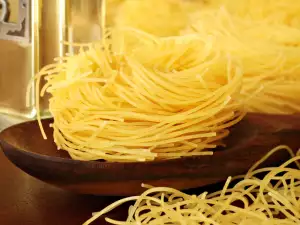




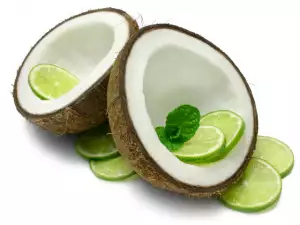
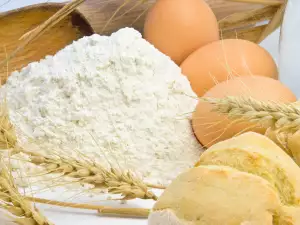
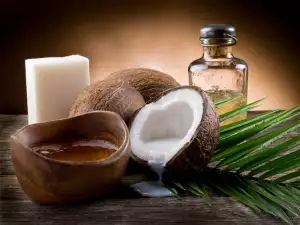

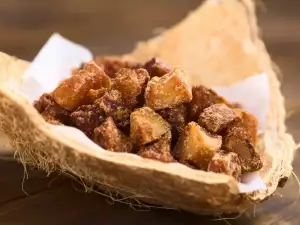






Comments